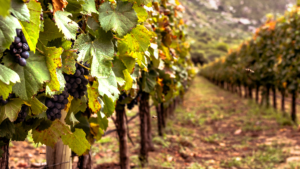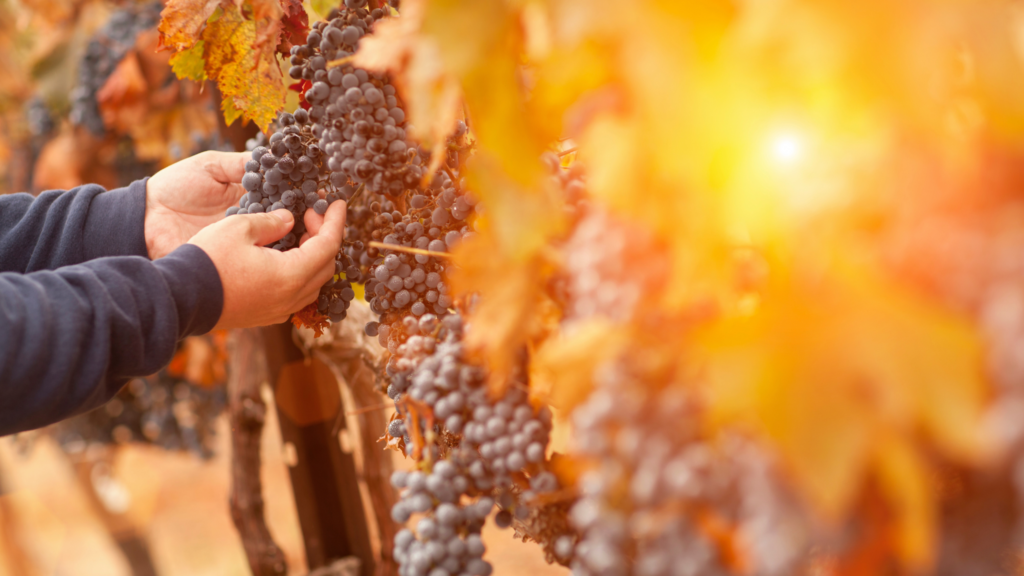Addressing the Pruning Dilemma Table of Contents
Addressing the Pruning Dilemma: Innovations in the Wine Industry is an exploration of the challenges faced by the wine industry in regards to pruning. Pruning is an essential part of the wine-making process, as it helps to shape the vine and control the amount of fruit produced. However, it is a labor-intensive process that can be costly and time-consuming. This paper will discuss the various innovations that have been developed to address the pruning dilemma, including mechanized pruning systems, robotic pruning systems, and other technological advances. It will also explore the potential benefits and drawbacks of these innovations, as well as their potential impact on the wine industry. Finally, it will consider the implications of these innovations for the future of the wine industry.
Exploring the Benefits of Automated Pruning Technology in the Wine Industry
The wine industry is constantly evolving, and one of the most exciting new developments is the use of automated pruning technology. Automated pruning technology is revolutionizing the way vineyards are managed, and it offers a number of benefits to both winemakers and consumers.
For winemakers, automated pruning technology can help to reduce labor costs and increase efficiency. By using automated pruning machines, vineyards can be pruned more quickly and with greater accuracy than ever before. This can help to reduce the amount of time and money spent on manual labor, allowing winemakers to focus their resources on other aspects of production.
Automated pruning technology can also help to improve the quality of the grapes produced. By pruning the vines more accurately, winemakers can ensure that the grapes are of the highest quality. This can lead to better-tasting wines and higher profits for winemakers.
Finally, automated pruning technology can help to reduce the environmental impact of winemaking. By using machines to prune the vines, winemakers can reduce the amount of water and energy used in the process. This can help to reduce the carbon footprint of winemaking and make it more sustainable.
Overall, automated pruning technology is a great way to improve the efficiency and quality of winemaking. It can help to reduce labor costs, improve the quality of the grapes, and reduce the environmental impact of winemaking. For these reasons, automated pruning technology is becoming increasingly popular in the wine industry.
How New Pruning Techniques are Reducing Waste and Increasing Efficiency in the Wine Industry

The wine industry is no stranger to waste. From the grapes that don’t make the cut to the excess water used in production, there’s a lot of room for improvement when it comes to efficiency. Fortunately, new pruning techniques are helping to reduce waste and increase efficiency in the wine industry.
Pruning is an essential part of grape production. It helps to control the size and shape of the vine, as well as the amount of fruit it produces. Traditionally, pruning was done by hand, which was time-consuming and labor-intensive. However, new technologies are making it easier and more efficient.
One of the most popular new pruning techniques is mechanized pruning. This involves using machines to trim the vines, which can be done quickly and accurately. This reduces the amount of time and labor needed to prune the vines, which in turn reduces costs and increases efficiency.
Another new pruning technique is precision pruning. This involves using lasers to precisely target the areas of the vine that need to be trimmed. This helps to reduce the amount of waste, as only the necessary parts of the vine are trimmed. It also helps to ensure that the vine is pruned in the most efficient way possible.
Finally, there is the use of drones for pruning. Drones can be used to identify areas of the vine that need to be trimmed, as well as to accurately trim the vine. This helps to reduce the amount of time and labor needed to prune the vines, as well as reducing the amount of waste.
Overall, new pruning techniques are helping to reduce waste and increase efficiency in the wine industry. By using mechanized pruning, precision pruning, and drones, the industry is able to reduce costs and increase efficiency. This is good news for both producers and consumers, as it helps to ensure that the wine industry remains sustainable and efficient.
Examining the Impact of Sustainable Pruning Practices on Wine Quality and Yields
Sustainable pruning practices are becoming increasingly popular among wine growers, as they offer a number of benefits to both the environment and the quality of the wine. But what exactly are these practices, and how do they affect wine quality and yields?
Sustainable pruning is a method of vineyard management that focuses on preserving the health of the vineyard and its environment. This is done by reducing the amount of pruning that is done, and instead focusing on maintaining the vineyard’s natural balance. This includes reducing the amount of water and fertilizer used, as well as avoiding the use of chemical pesticides and herbicides.
The impact of sustainable pruning on wine quality and yields is significant. Studies have shown that sustainable pruning can lead to higher quality wines, with more intense aromas and flavors. This is due to the fact that the vines are allowed to grow more naturally, which leads to more complex flavors and aromas. Additionally, sustainable pruning can lead to higher yields, as the vines are allowed to grow more vigorously and produce more fruit.
Overall, sustainable pruning practices can have a positive impact on both wine quality and yields. By reducing the amount of pruning and focusing on maintaining the vineyard’s natural balance, wine growers can produce higher quality wines with more intense aromas and flavors, as well as higher yields.
Addressing the Pruning Dilemma Q&A
Q1: What is the pruning dilemma in the wine industry?
A1: The pruning dilemma in the wine industry is the challenge of balancing the need to prune vines in order to produce high-quality grapes with the labor-intensive nature of the process. Pruning is essential for vine health and grape quality, but it is a time-consuming and costly process.
Q2: What are some innovations that have been developed to address the pruning dilemma?
A2: Some innovations that have been developed to address the pruning dilemma include mechanized pruning systems, robotic pruning systems, and automated pruning systems. These systems use technology to reduce the labor required for pruning, while still ensuring that vines are properly pruned for optimal grape quality.
Q3: How have these innovations impacted the wine industry?
A3: These innovations have had a positive impact on the wine industry by reducing labor costs and increasing efficiency. They have also allowed wineries to produce higher-quality grapes with less effort, resulting in improved wine quality.Addressing the pruning dilemma is an important issue for the wine industry. Innovations such as mechanized pruning, robotic pruning, and the use of drones have all been developed to help reduce labor costs and improve efficiency. These innovations have the potential to revolutionize the wine industry and make it more sustainable and profitable. With continued research and development, the wine industry can continue to make strides in addressing the pruning dilemma and ensure that the industry remains competitive and profitable.
![]()









